Hello,
First I will admit that I have had cases like this and they are frustrating. So I remind my clients this.
Next we take it in small steps. I do start with trimming the nail as much as able and start toe/foot soaks to keep the area clean and place an ecollar to stop the patient from licking and further traumatizing the nail and seeding infection from the mouth . I ask them to give it a week or two to heal.
If it doesn’t or other nails start cracking we talk about oncodystrophy. And start talking about what to do if that is the case. The treatment options are not great so the decision to treat needs to be made with a great deal of thought or referral to dermatologist is recommended.
In one case I had a dog who was placed under general anesthesia and the nail was ground to the base to allow a new nail to grow back.
Risk of anesthesia is something discussed on a case by case basis and usually has little definitive concrete information to allow predictive measures or reasoning. That would be a conversation for an anesthesiologist.
Also I have had some cases with underlying nail bed infections so antibiotic’s, foot wrap and medication or culture and sensitivity testing might be helpful.







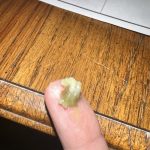
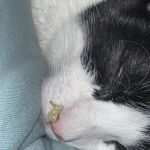


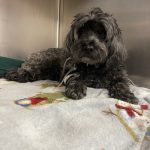
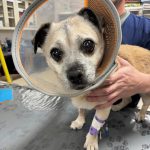

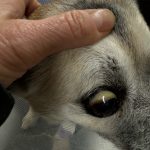

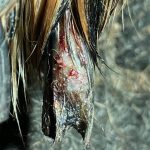
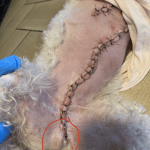
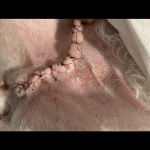
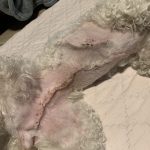



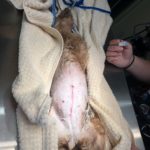
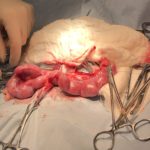
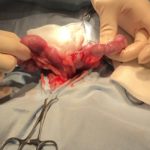
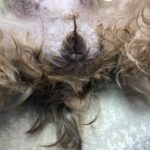
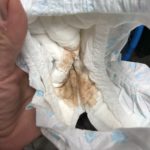
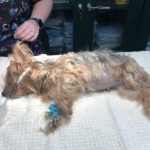
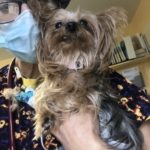
Hello,
I think that if your cat isn’t responding as expected that it’s time to go back to the vet. I also think that you should talk about al of the other possible causes to his current clinical signs. A polyp is on the list of possible causes.
Good luck.
What other possibilities could you think why he is not eating and drinking?